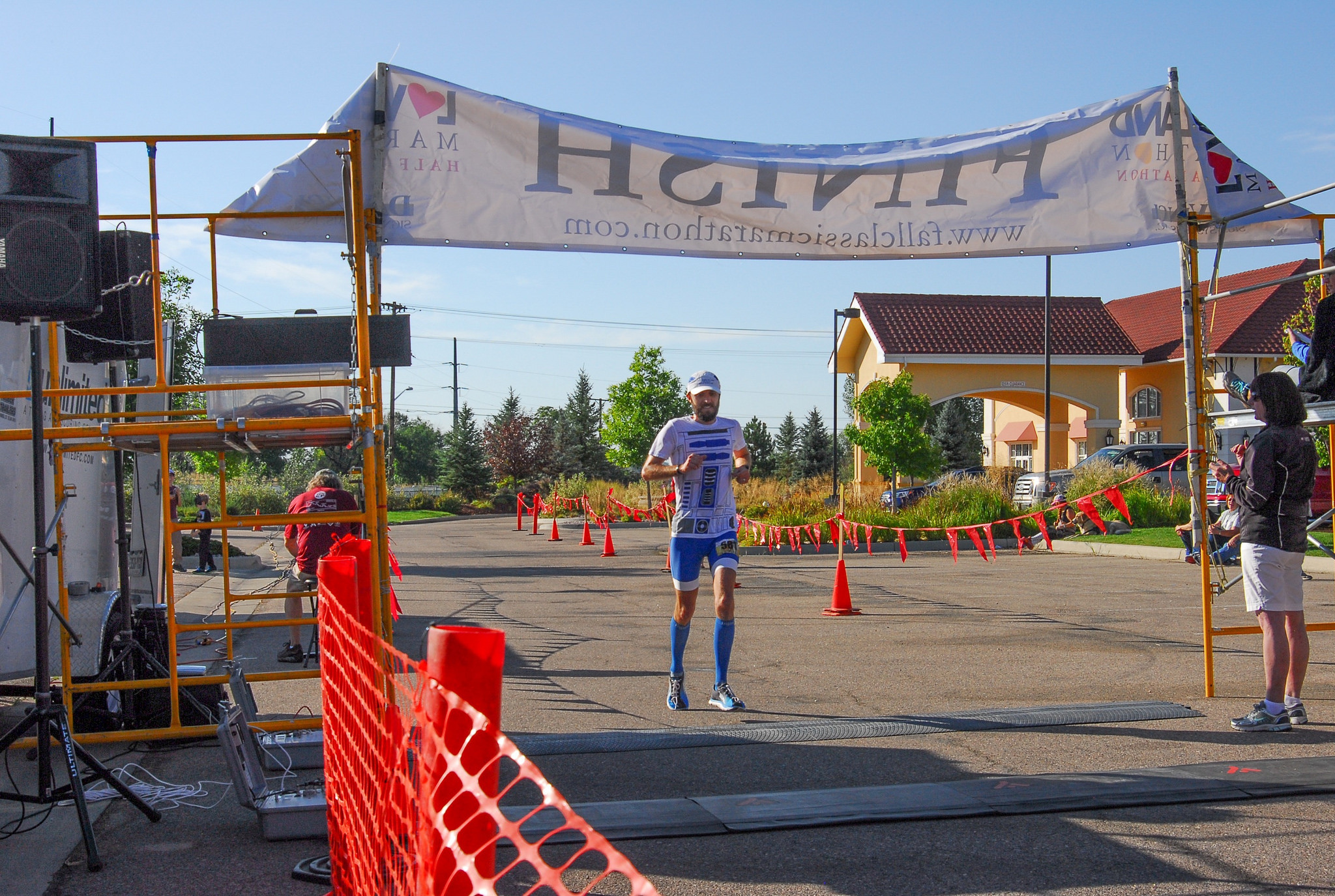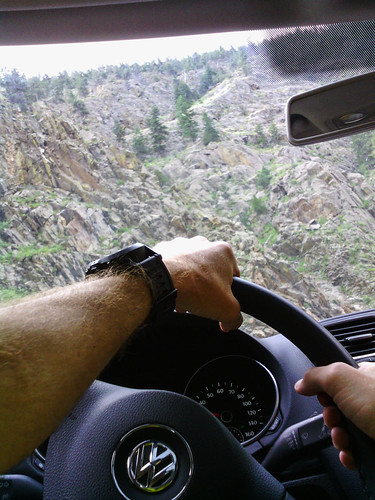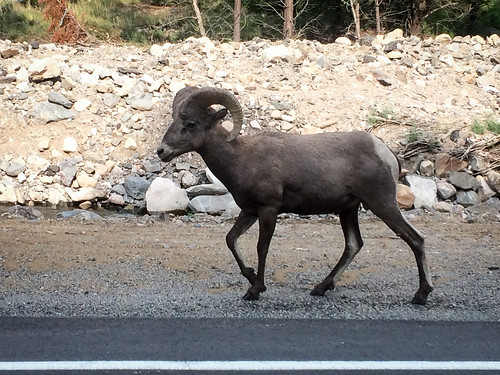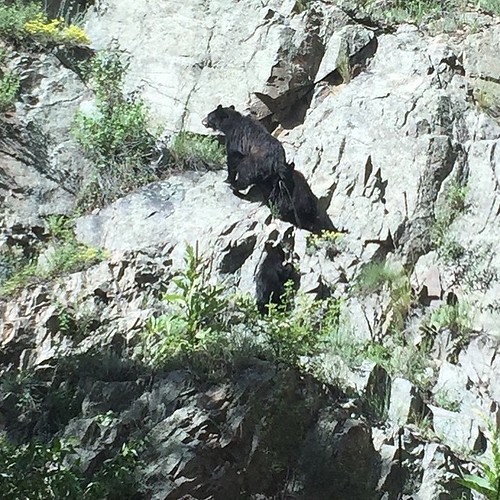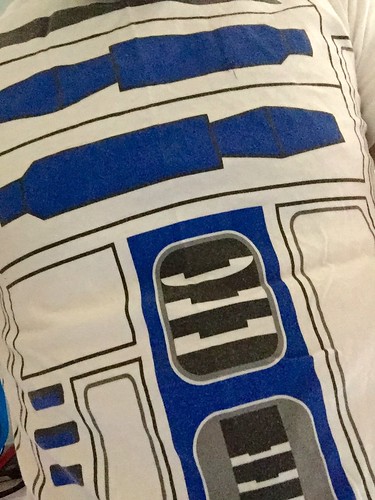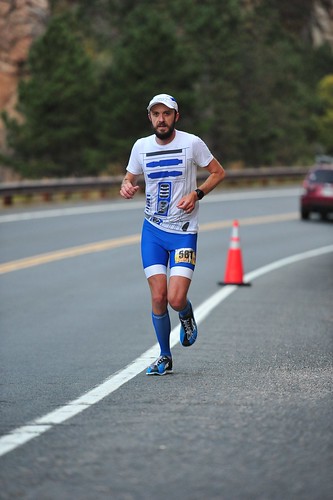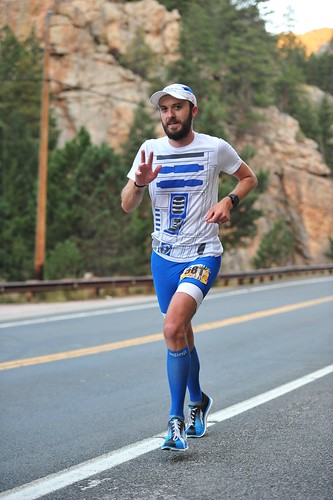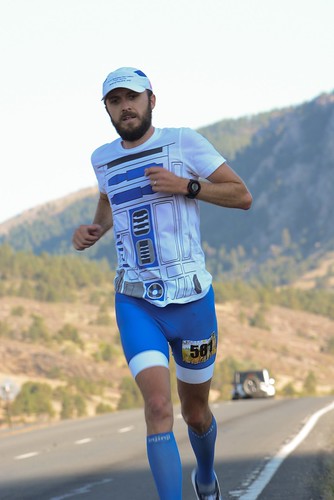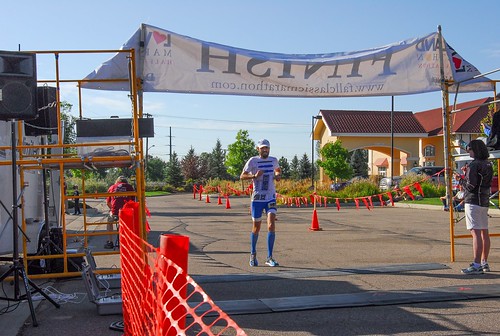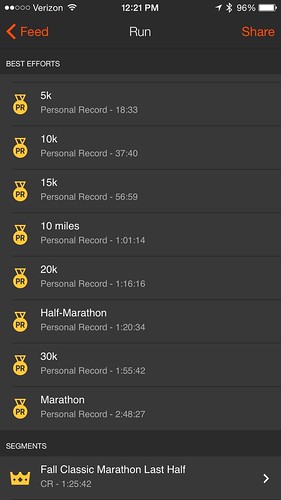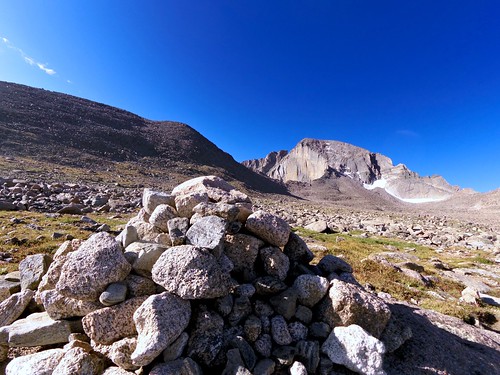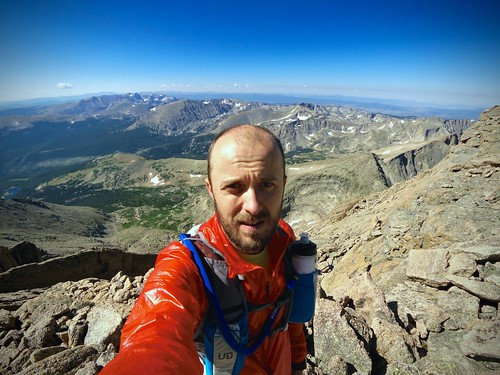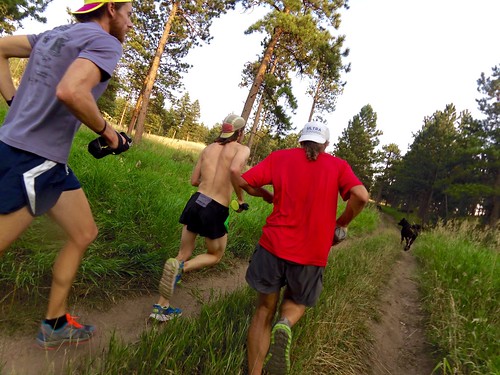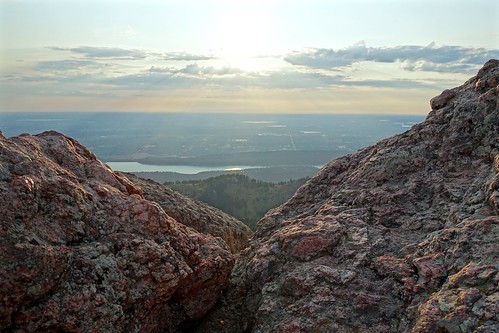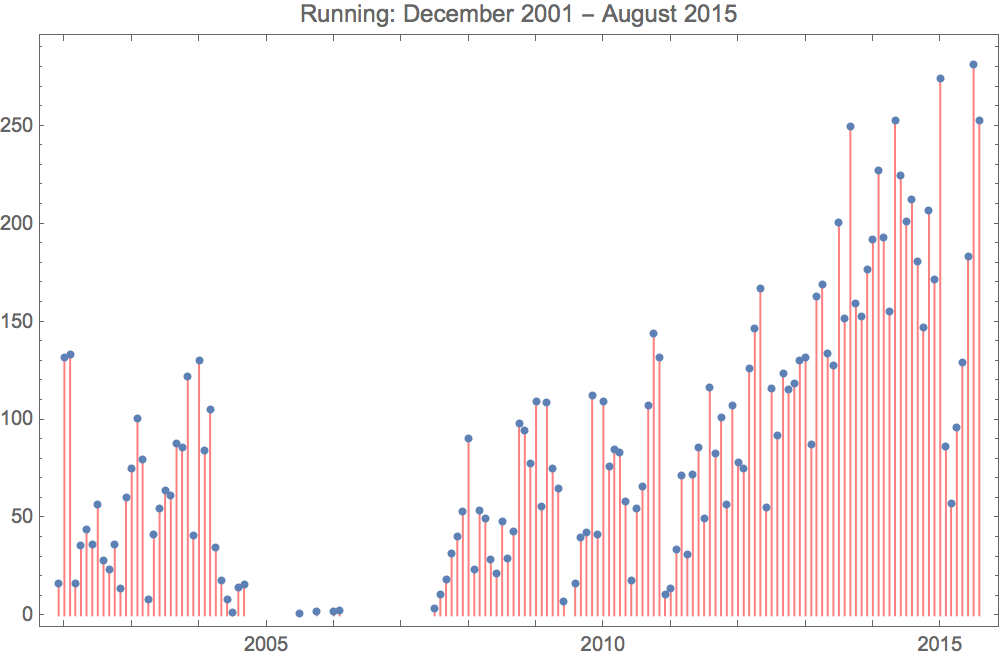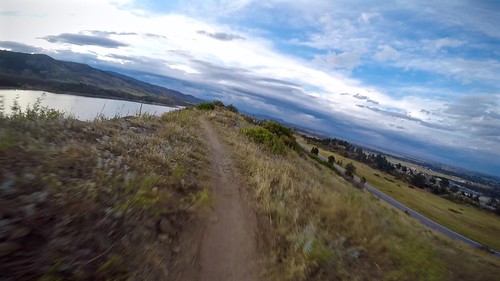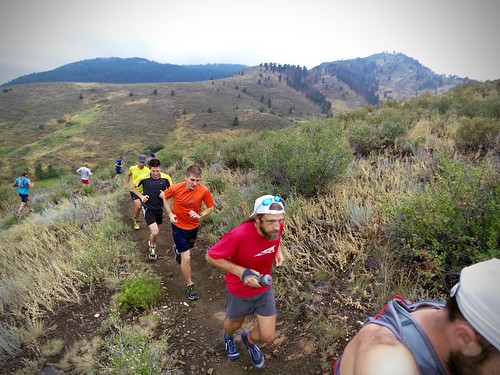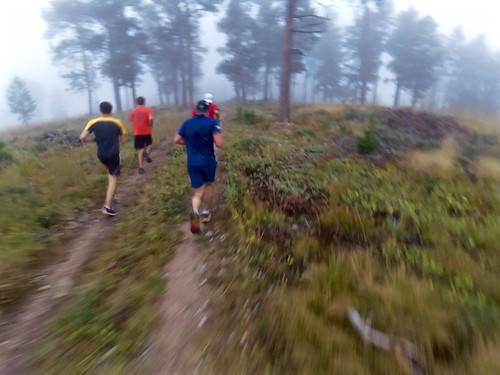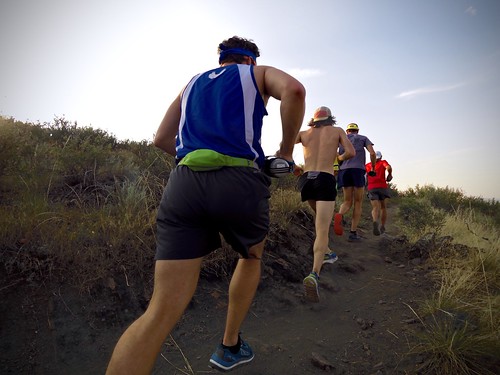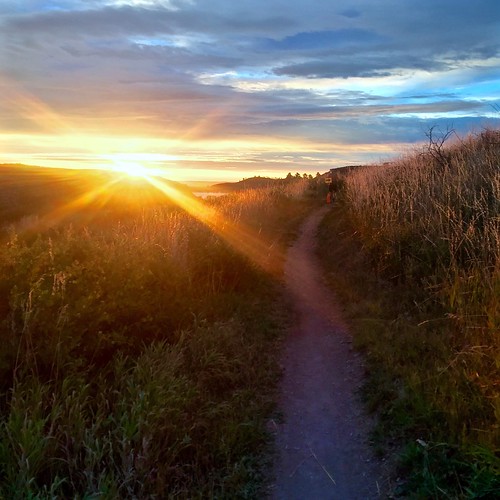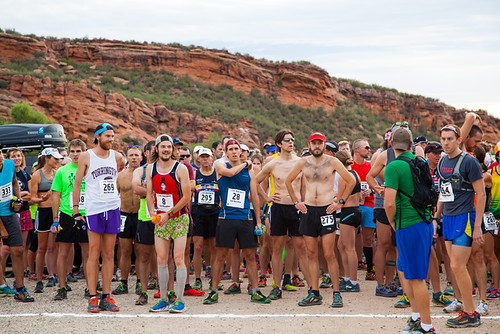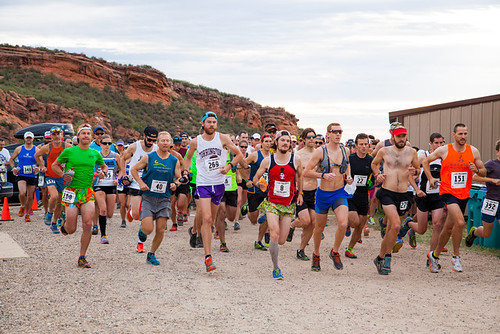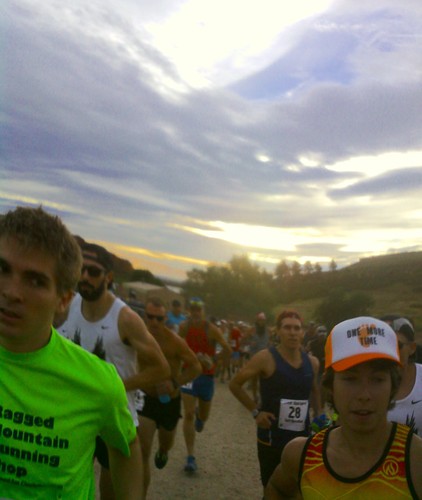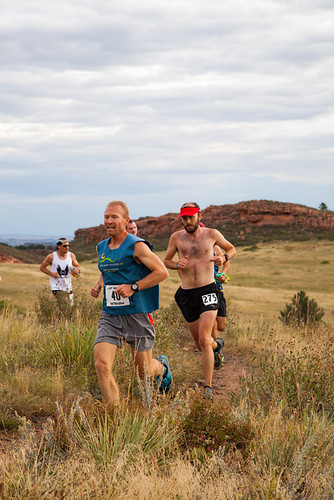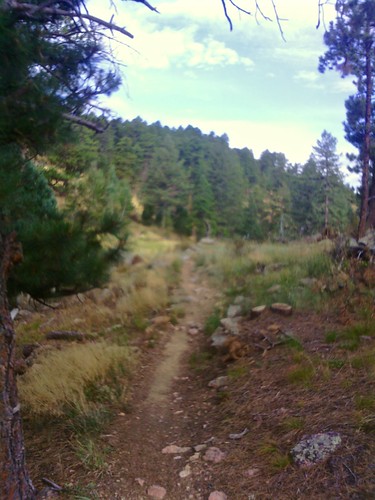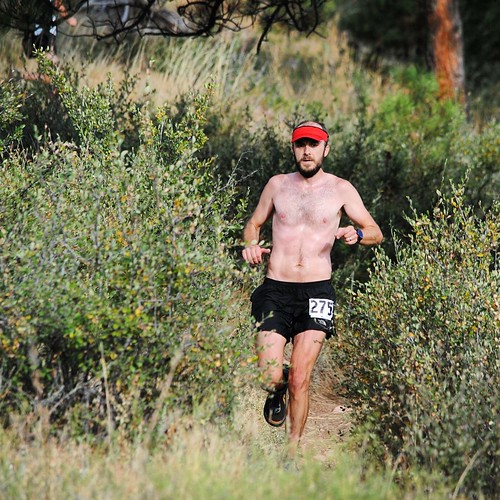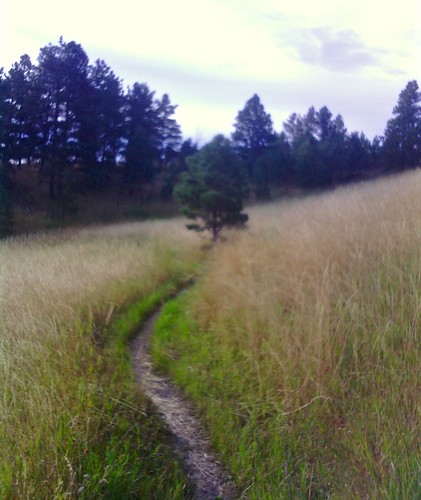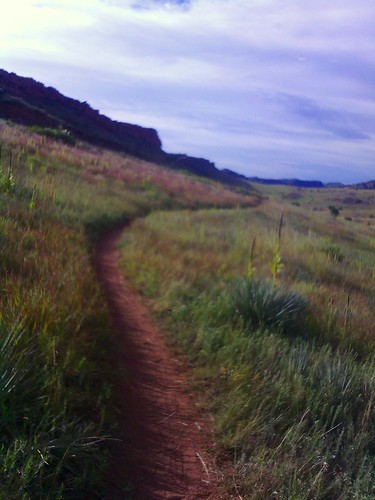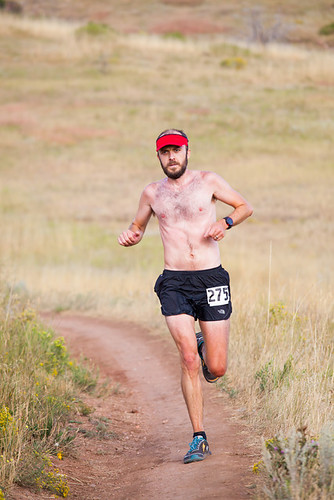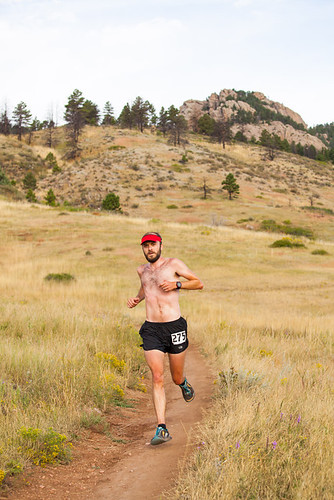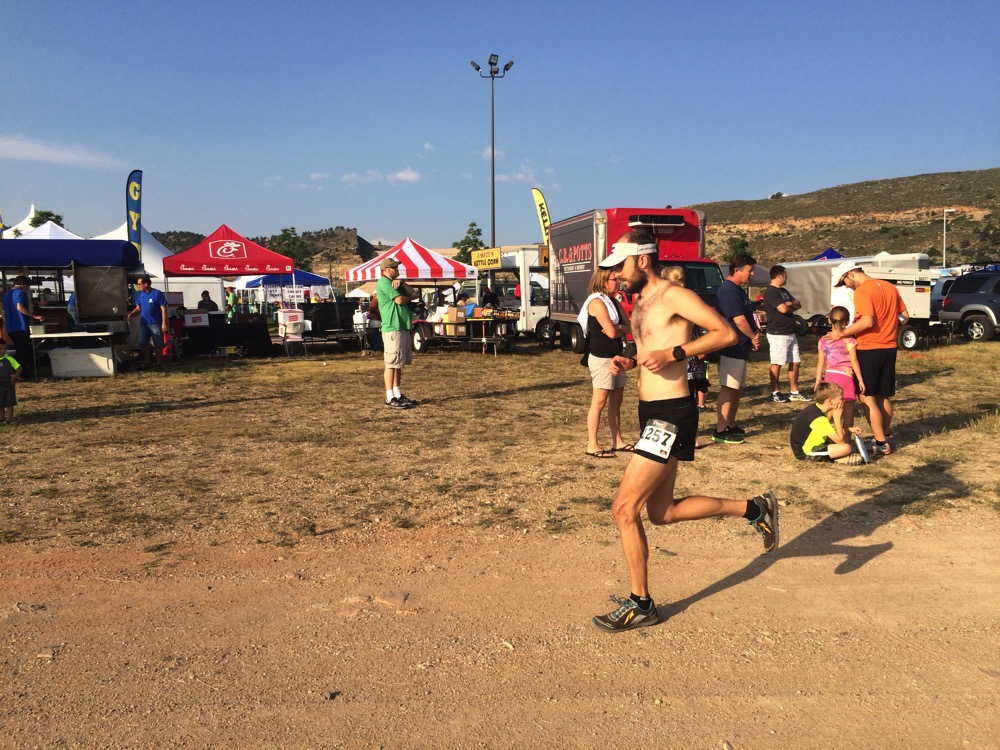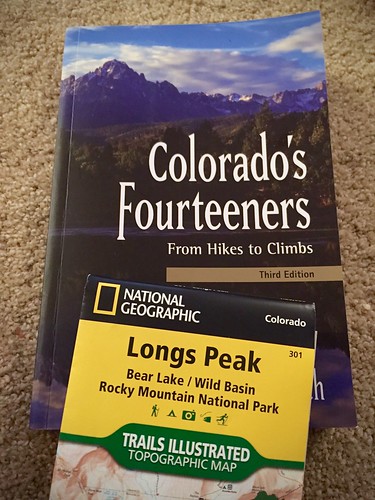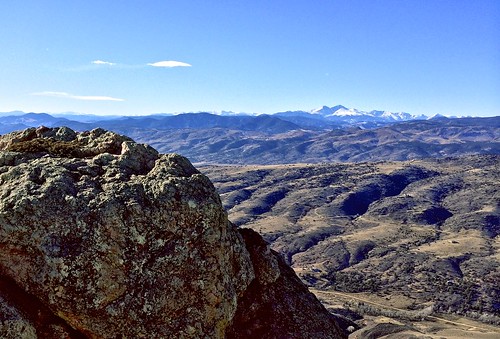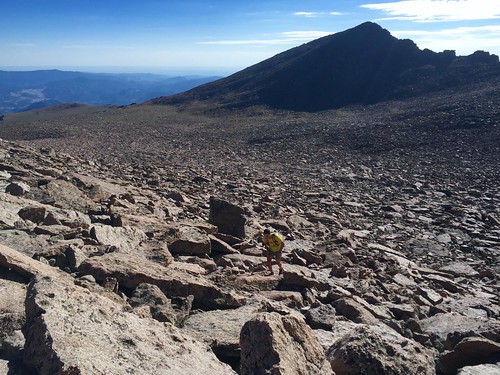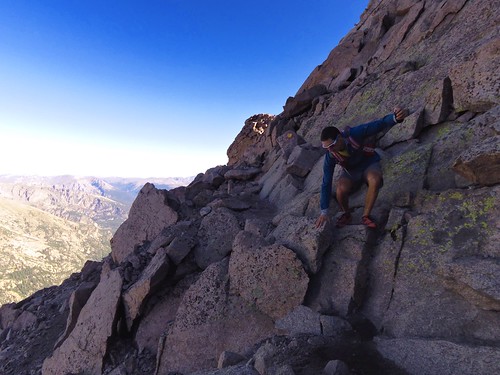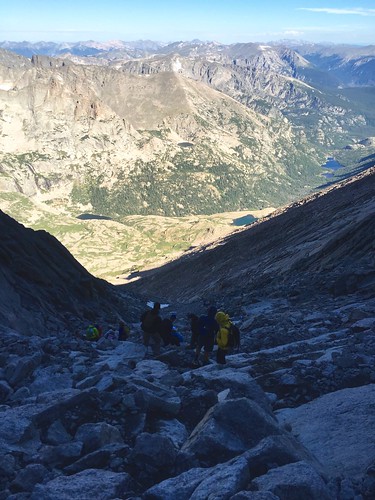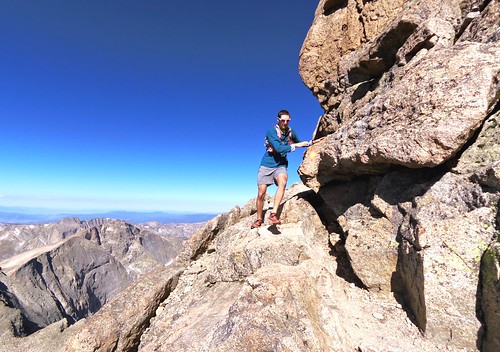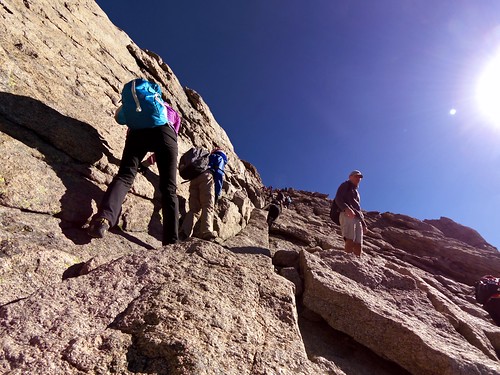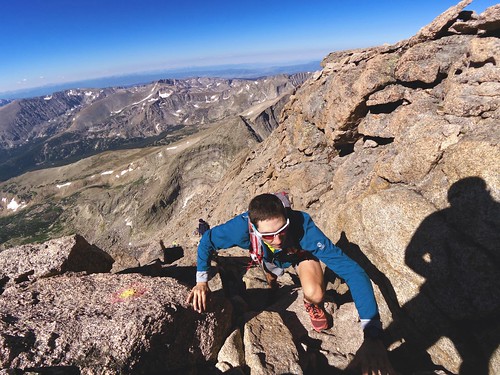Loveland Marathon
What are we doing this weekend? I just saw in the newspaper that the Loveland marathon is on Sunday. Maybe I’ll do it.
It was a typical Friday afternoon at Casa de Ragfield. My last road marathon I decided to run three days before the race. This time I left myself 36 hours. What could possibly go wrong?
36 hours is totally enough time to train for a marathon, right? pic.twitter.com/lEzNdK8tRj
— Rob Raguet-Schofield (@ragfield) September 12, 2015
I was feeling good coming off my first decent race of the year at the Black Squirrel Half Marathon the previous weekend. This race has been in the back of my mind for a while, but I’m not sure I ever really seriously considered it. It’s downhill. And I don’t mean it’s 400 ft of drop like the famous Boston Marathon, it’s almost 3,000 ft downhill. The course starts in Estes Park and follows US-34 down the entire Big Thompson River Canyon before the final 5 miles of rolling hills going into Loveland. The finish line is a 15 minute drive from my house.
There are two things to keep in mind about running downhill:
- You can go really fast.
- You will completely destroy your quadriceps muscles.
I think the longest continuous downhill I had ever run is about 9 miles. I think the longest continuous downhill I’ve ever raced is 6.5 miles. This race had 19 miles of continuous downhill, and about 23-24 total.
I tried on various costumes on Saturday, but the potential of really warm weather by the end frightened me a bit into staying pretty conservative.
It was still dark when the race began at 6:00 AM on Sunday. I didn’t wear a headlamp–nobody did. The first few miles out of Estes Park were a bit dodgy. The first uphill mile was 7:24–my slowest mile of the day. The second downhill mile was 6:10. There were three guys way off the front (I couldn’t even see them), and by the time we reached the start of the canyon I had caught up to and passed the rest of the fast starters. So I was in 4th place, where I would remain for the rest of the race. I didn’t see another competitor for nearly three hours.
The early miles were great. I was running fast, though still holding back as I wanted to make absolutely sure I didn’t blow up too early. The temperature was cool, I almost wished I had worn gloves. The traffic on the highway was very light at that time of day.
Mile 7 I accidentally ran in 6:02. This was faster than the 2nd mile of my recent 5K race. I got to thinking, Wouldn’t it be wild if I ran a sub-6:00 mile during a marathon? How crazy would that be? Well the grade became steeper and mile 10 I ran in 5:58, followed by 5:58 for mile 11, and 6:02 for mile 12. I had just run a sub-18:00 3 mile stretch in the middle of the marathon.
Now, it wasn’t all kittens and rainbows. It was around mile 10 that I started to notice my quads were beginning to hurt. I was hoping that wouldn’t happen until at least mile 16-18. The road soon became more shallow and I backed off the pace a bit, though I was still running most miles around 6:10-6:20. I passed the half marathon mark at 1:22:00. This was a new half marathon PR for me.
Somewhere around this time I heard some noises up above me. I looked up and saw three bighorn sheep climbing the canyon wall.
It was around mile 16 when the noticeable pain in my quads turned into full blown serious pain. My legs were killing me. With 10 miles still left to run I felt like I was 40 miles into a hard 50 mile race. I began to dread every step as each one just brought more pain. The canyon became less steep and I began to slow a bit, creeping up to 6:25 pace.
Once I reached the bottom of the canyon I was faced with the dreaded mile 20, which contained the first significant uphill after an awful lot of quad-crushing downhill. I had to work hard for that 6:56 mile. I was so not enjoying this.
The downhills hurt and I was slowing down. The uphills hurt and I was slowing down more. After a few miles of rolling-to-slightly-downhill terrain, mile 25 had another big uphill. I had completely broken by that point, running another 7:24–this one much more painful than the first.
As soon as I crested the hill I saw another runner about 50-100 meters ahead of me. That’s strange, I didn’t see that person on the way up the hill. I actually lifted the pace to try to catch up, even though I figured it was a long shot. Then the person stopped to walk, and it slowly dawned on me, this person was not in my race. After passing a few more people I realized these were people finishing the 10K run that was taking place simultaneously. So I wasn’t going to move up any more positions.
Will and Melissa were at the finish line to cheer me on. I finished in 2:48:46 (2:48:43 chip time). This was an 8 minute PR on what was a very fast and incredibly painful course. I finished in 4th place (there were cash prizes for the top three finishers, so I was out of the money).
2:48:46. That's about an 8 minute PR. 4th place overall. pic.twitter.com/aQhoRIqKb6
— Melissa Ⓥ (@melissa_raguet) September 13, 2015
The obvious question about this race is how much faster is this course than a flat course? The answer is a little complicated.
My average heart rate for the entire race was 151. I wasn’t running hard. At all. I’m still burning fat (as opposed to carbs) until 148-150. I could have done the entire thing breathing through my nose. Yet I still ran a faster time than ever before. So, on one axis, this course is significantly faster than a flat course–upwards of 15-20 minutes.
My legs, on the other hand, were hurting by mile 10 and were completely trashed by mile 16. I had to run through so much more pain and discomfort than I typically would in a marathon. For example, my last road marathon I ran 2:56. In that race my legs felt comparable at mile 22 as they did at mile 10 in this race, and at 24 where they did at 16 in this race. I spent a lot of time out there suffering. This absolutely slowed me down.
Finally, there’s the small matter that this race takes place at high elevation, starting around 8,000 ft. That will further slow things down compared to a race near sea level.
Weighing these factors I’d estimate that for me (a runner a fairly strong cardiovascular system, and slightly weaker leg muscles) this course was probably 10 minutes faster than a flat course near sea level. If you have strong legs this course could be even faster for you.
My Strava records only cover my time living in Colorado, but still it was pretty cool to completely sweep the PR boards with this race.
